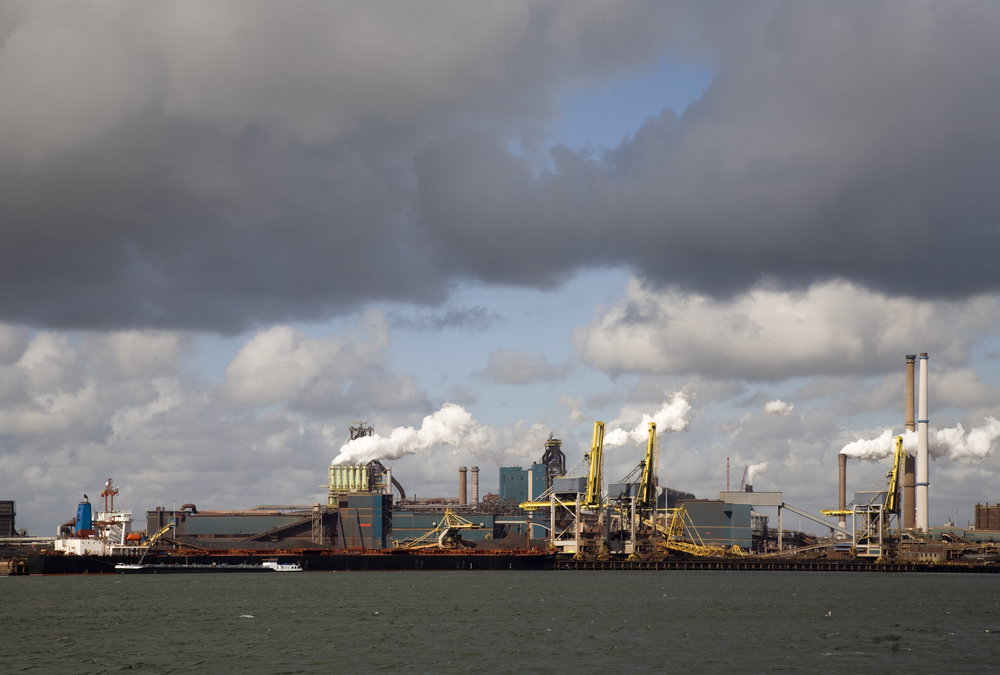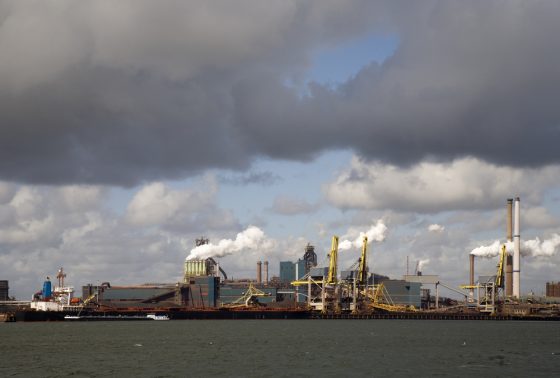GGD links Tata Steel with higher local incidence of heart disease


Heart disease and high blood pressure are more prevalent in people living in the vicinity of the Tata steelworks, regional health board GGD has said in a report which for the first time directly links this to fine particle emission from the plant.
The GGD based its latest health monitor for the IJmond area on figures from 2020.
People who live near the plant are also likely to use more medication and feel less healthy than four years ago, the report said.
Public health institute RIVM concluded in January that the air around Tata Steel contained enough PAHs and lead to pose a danger of cancer and brain damage, particularly in children. That report prompted the public prosecutor to start a criminal probe into Tata Steel pollution.
This is the first time the GGD has linked contamination from the plant with the above-average incidence of health conditions. An earlier investigation by the GGD from 2016 said other factors such as bad ‘lifestyle choices’ could account for the higher number of people suffering from heart disease.
But the GGD has now said that ‘even taking into account socio-economic status and factors such as drinking and smoking, the incidence of chronic heart conditions is higher in people from IJmuiden, Velsen, and parts of Beverwijk than in people from outside the IJmond.’
Stress about the situation is also a likely contributory factor, the GGD said. It has called for reductions in emissions to improve local air quality.
‘It is time for more action,’ director of GGD Kennemerland Bert van de Velden said. ‘Health ambitions need to become a structural part of planning policy.’
Filters
In a reaction Tata Steel said it was ‘working hard to lessen its impact on the environment’.
The results of the recent investments of ‘hundreds of millions’ in dust reducing screens, filters and other measures are ‘not yet visible’ in the GGD report but will lead to a 65% reduction in dust fallout, a 35% reduction in fine particles and a cut of 55% of heavy metal emissions next year, the company claimed.
Last year Tata Steel announced it will be using hydrogen as a source of energy to become a ‘green steel manufacturer in a clean environment’ by 2030.
Thank you for donating to DutchNews.nl.
We could not provide the Dutch News service, and keep it free of charge, without the generous support of our readers. Your donations allow us to report on issues you tell us matter, and provide you with a summary of the most important Dutch news each day.
Make a donation